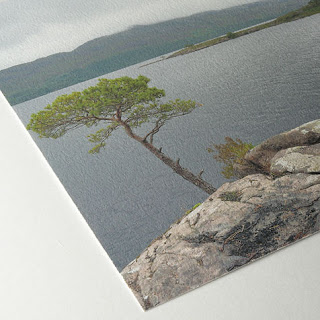Architectural Harmony: Exploring Balance and Composition in Photographic Art
In the realm of architectural photography, the lens becomes a silent storyteller, capturing the essence of structures and spaces. Among the key elements that transform a photograph from a mere representation to a work of art is the interplay of balance and composition. In this blog, we delve into the world of architectural themes photographic art, unraveling the secrets behind achieving balance and crafting compelling compositions in photographic art.
Embracing Asymmetry for Dynamic Visuals
While symmetry provides a sense of stability, asymmetry introduces dynamism and visual interest. Through careful framing and composition, photographers can highlight the beauty found in irregularities, capturing the unique character of a structure. Asymmetry allows for a more organic and authentic representation, emphasizing the diversity within architectural forms.
Balance Through Scale and Proportion
Achieving balance in architectural photography extends beyond symmetry and asymmetry; it involves a keen understanding of scale and proportion. Photographers play with perspectives, juxtaposing elements of varying sizes to create a harmonious relationship. The interplay of large and small, near and far, adds depth and dimension to the composition.
Playing with Lines and Leading the Eye
Architectural elements often present an array of lines—horizontal, vertical, diagonal—that guide the viewer's gaze. Photographers skillfully use these lines to lead the eye through the frame, emphasizing key features and creating a sense of movement. The careful placement of lines contributes to the overall harmony of the composition.
Harnessing Natural Light and Shadows
Light is a powerful tool in architectural photography, influencing both mood and composition. The interplay of light and shadows adds depth and dimension, creating a visual symphony of contrasts. Photographers often wait for the golden hour or experiment with dramatic lighting to enhance the architectural details and achieve a harmonious balance between light and shadow.
Composing with Purpose
Ultimately, achieving architectural harmony in photography requires a deliberate and thoughtful approach to composition. Photographers must consider every element within the frame, from the choice of angles to the framing of details. Attention to detail and a keen eye for composition transform architectural subjects into captivating visual narratives.
Conclusion
Architectural themes photographic art is a delicate dance between order and spontaneity, symmetry and asymmetry, light and shadow. As photographers explore the built environment through their lenses, the pursuit of balance and composition becomes an art form in itself. Each photograph is a testament to the ability to capture the essence of architecture, transforming it into a visual symphony that resonates with viewers and celebrates the beauty found in structural equilibrium.




Comments
Post a Comment